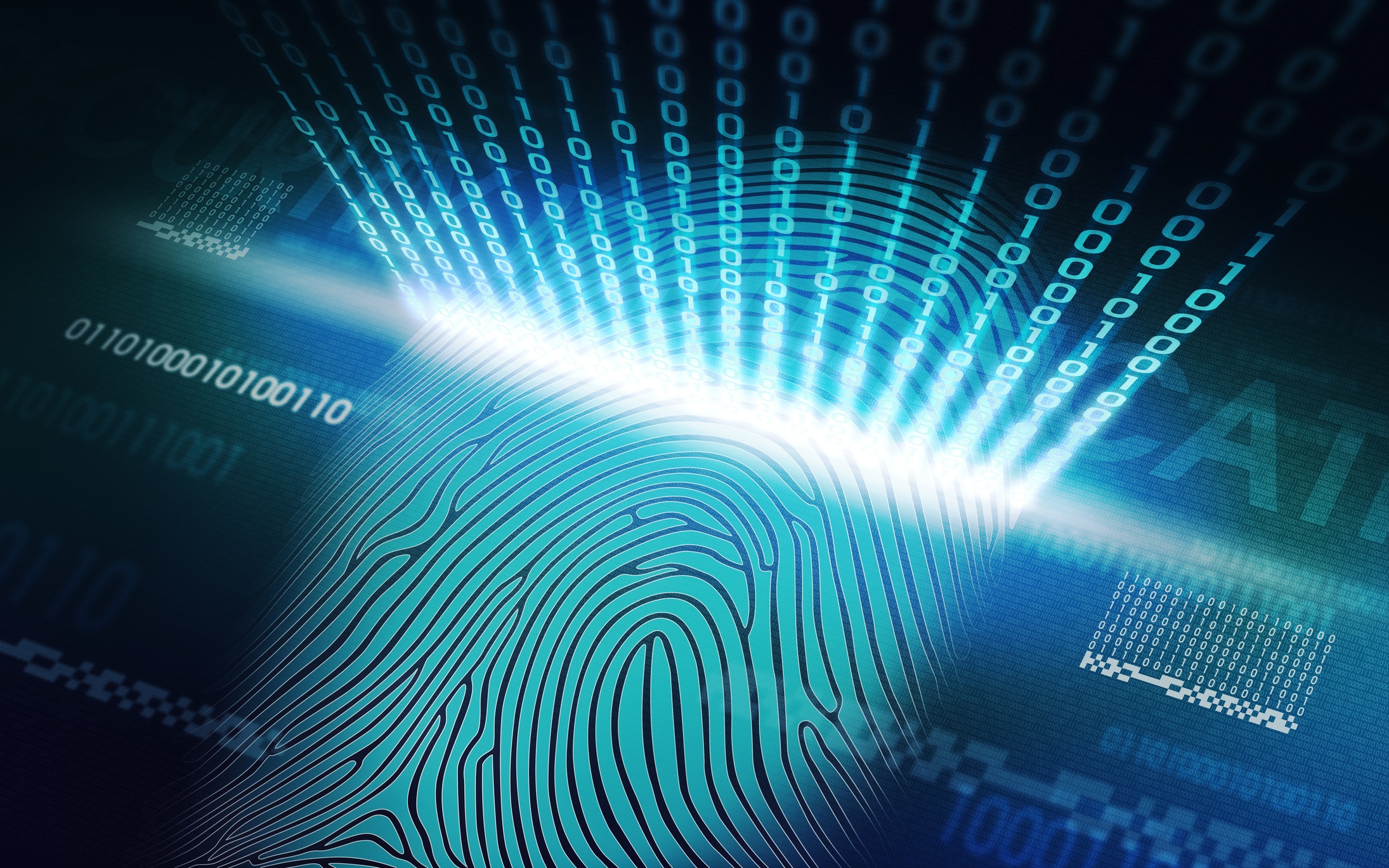While best practice security policies and technology help to better secure an enterprise’s critical systems and data, the added disruption, inconvenience, and effort required by this stepped-up security often create real headaches and bad feelings toward the new policies and technologies.
This is described as a “general hatred of security,” by Mike Pinch, the chief information security officer at University of Rochester Medical Center (URMC), in a presentation to the URMC Security Council.









